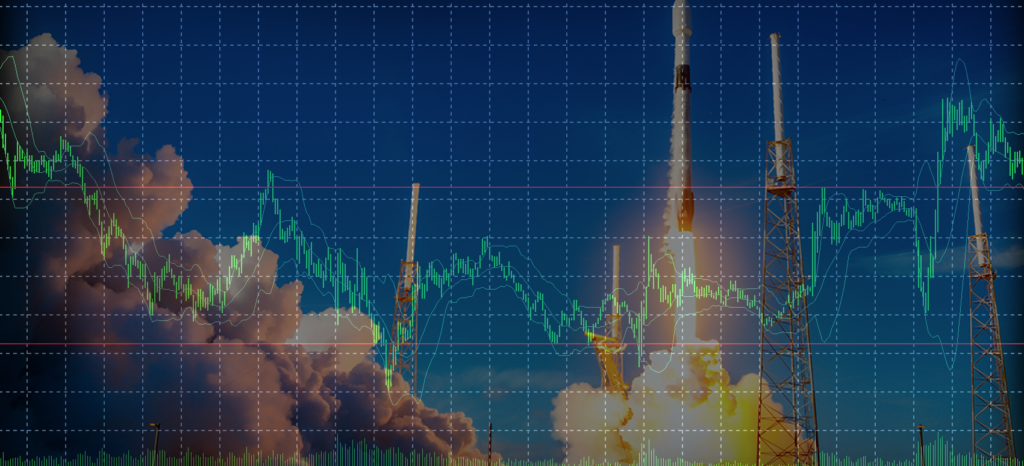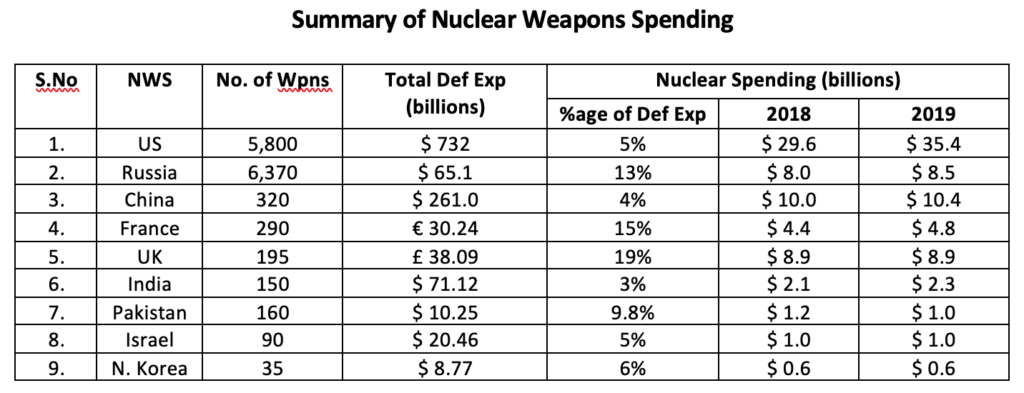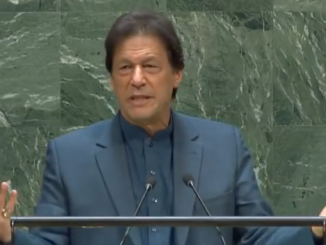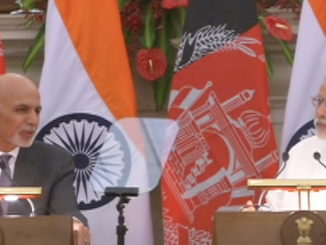
The International Campaign to Abolish Nuclear Weapons (ICAN) recently issued a report titled “Enough is Enough: Global Nuclear Weapons Spending 2019”. The report questions the annual nuclear spending of US $73 billion by the nine nuclear armed states, urging them to give up their nuclear weapons and work towards their complete elimination. ICAN is a consortium of over 500 partner organizations that played a pivotal role in negotiating the Treaty on Prohibition of Nuclear Weapons (TPNWs), more commonly known as the Nuclear Ban Treaty (NBT). The case for ‘wasteful’ nuclear spending, therefore, is in support of the TPNWs objective, and does not take into consideration the nuclear offsets for relatively smaller powers with minimal spending.
The contents of the ICAN report are difficult to corroborate due to the sensitivities associated with nuclear weapons spending in almost all the nuclear weapon states. The report, however, brings out some interesting conclusions that further reinforce the importance of maintaining nuclear deterrence by countries, such as Pakistan, which faces disproportionate asymmetry and cannot afford to engage in a conventional arms race with its hostile eastern neighbour.
According to the report, the annual nuclear spending of $73 billion by all the nuclear weapon states includes the cost of development and maintenance of nuclear weapons but excludes the financial and human cost that could incur if these weapons are ever used. The report also does not include the cost for unpaid or deferred environment and health related expenses; missile defences that some states are acquiring to protect themselves against a nuclear threat; and nuclear threat reduction and incident management related costs – all of which could increase the cost by additional 50 % of the current estimates.
Who is Spending Less with More Dividends? As per the report, Russia has the largest nuclear inventory of 6,370 weapons but is spending $8.5 billion, as compared to the US that spends almost four times more, i.e. $35.4 billion to maintain relatively lesser inventory of 5,800 weapons. Similarly, China has only 320 weapons but spends more than Russia, i.e. $10.4 billion. The UK has 195 weapons and spends $8.9 billion, almost equal to Russia’s and twice than the French spending of $4.8 billion to maintain their 290 weapons. The most interesting case is of Pakistan, which spends $1 billion on its 160 weapons, as compared to India which spends twice the amount, i.e. $2.3 billion to maintain almost the same number of weapons. Israel also spends the same amount as Pakistan does i.e. $1 billion but is believed to be in possession of half of Pakistan’s inventory.

These conclusions do not take into account various factors that could otherwise affect the overall nuclear spending, such as the types of national inventories. This may include delivery systems like the nuclear powered ballistic missile submarines (SSBNs); and nuclear capable aircraft that some countries are in the process of inducting, which could also be used in the conventional roles.
The Controversy Surrounding the Nuclear Numbers in South Asia. Both India and Pakistan are believed to be in possession of an almost equal number of nuclear weapons, i.e. 150 and 160 respectively – a conclusion drawn mainly from the western reports that always put Pakistan 10 weapons ahead of India and label it as the fastest growing nuclear weapons program. If India and Pakistan are expanding with the same differential for the past several years, as per these reports, then both countries should have the fastest growing nuclear program, and not only Pakistan.
India’s inventory of 150 nuclear weapons does not take into consideration all of its unsafeguarded fissile material stockpiles that could otherwise be used in weapons development. According to a Belfer Centre report, if all of the weapons and the reactor grade Pu and the HEU stocks are taken into account, India could build between 2,261 and 2,686 weapons. It is quite possible that India has a greater number of weapons than what is commonly estimated, and is, therefore, spending twice the amount that Pakistan spends towards its nuclear weapons development and maintenance.
India started its nuclear weapons program much earlier in the late 1950s, and tested its first nuclear device as early as 1974 by diverting the fissile material from the Canadian supplied reactor. The India-US nuclear deal and the subsequent waiver by the Nuclear Suppliers Group (NSG) in 2008 permits India to use all of its eight military facilities out of the existing twenty-four, purely for military purposes. This significantly increases India’s bomb making potential, and if India decides to convert even half of its fissile material, it will emerge as the third largest inventory holder amongst all the nuclear weapon states.
The ‘Opportunity Cost’ of Maintaining Deterrence. The ICAN report’s conclusion that nuclear spending is a wasteful expenditure that could be avoided may have some relevance for countries that enjoy significant conventional advantage and are faced with no significant external threat to their security. But, the report may have unwittingly endorsed the rationale of nuclear spending for countries like Pakistan that continues to face existential threat from its eastern neighbour, which has a disproportionate conventional advantage.
Pakistan’s current defense expenditure is $10.25 billion as compared to India’s $71.12 billion. Out of this, it is spending only $1 billion to maintain a credible deterrent to counter India’s conventional as well as nuclear threat. Without this minimal investment, Pakistan may have no other choice but to substantially increase its overall defence budget that it can ill afford due to its limited financial resources.
The issue of resources is likely to become more acute in the post COVID-19 environment, where non-traditional security challenges will emerge as a major concern with more demands for the reduction of military expenditures. This may force countries like Pakistan to further increase its reliance on nuclear weapons to enhance the ‘opportunity cost’ of nuclear spending, while sparing its limited financial resources to be diverted for socio-economic needs.
![]()




Be the first to comment